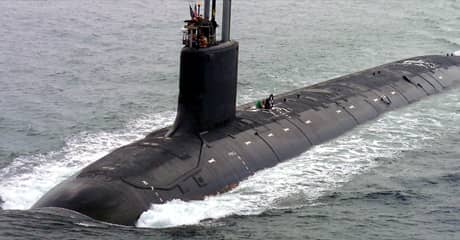Drones have revolutionized warfare. Reducing human casualties to a minimum, they are not only being used in aerial combat but now have found their way to the seas. The United States Navy now plans to use drones more than just remote-controlled tools, making them full-fledged members of the fleet. Lockheed Martin has been awarded a $43.2 million contract to this end.
Lockheed Martin is tasked with the design of the Orca Extra Large Unmanned Undersea Vehicle (XLUUV). The XLUUV Orca will be a completely autonomous submarine, with the ability to carry out multiple missions without the need for a human crew or continuous supervision.
In the past, underwater drones have been used for salvage operations, minehunting, and mainly surveillance. These drones have limited capability and need conventional ships and submarines to transport and launch them. They also need to be retrieved after they have carried out their mission. This minimizes the cost saving that you would expect a drone to provide.

The size of the Orca is yet to be determined, but it will be much larger than the present underwater drones. Its open-architecture specifications are for a modular, long-range autonomous vehicle with a reconfigurable payload bay. Once created, it will have the ability to steam out of the base on its own and travel to the designated duty station. It will stay there as long as the mission requires while deploying payloads and periodic communications with HQ. Once the mission is completed, it will not have to be retrieved and will make its own way home.
This will significantly decrease operating costs. It will also mean carrying out strategic missions without putting Navy personnel at risk. The timeline has not been announced yet but Lockheed Martin has claimed that this is a priority program.


